Restaurant Cards for Celiac, Gluten-Free & MSG-Free
The best part of world travel is the excitement and adventure of exploring new places, meeting new people and experiencing different cultures. The worst part if you are sensitive to gluten or Monosodium Glutamate (MSG) can be the food. While most people dream of eating exotic foods from around the globe, food allergy sufferers see it as a minefield, one which is even harder to negotiate a language barrier. And yes, this applies even to raw foodists! It can be very difficult in foreign countries to explain that you don’t want bread with your salad or croutons or crostini or some other fried breaded condiment on top. It can be even more difficult to ask for a salad dressing with no MSG and sauces with no MSG. Even if you do order something fresh like homemade salsa or guacamole, there can be hidden added ingredients like chili sauce which will inevitably contain MSG. The result? Spending your perfect dream vacation night at home in bed with a migraine, itchy rash, puffy face or rapid heartbeat wondering why you can’t seem to relax on your holiday! No way, we don’t want that!
All information in this article is for educational purposes only.
It is not for the diagnosis, treatment, prescription or cure of any disease or health condition.
Actually, these recommendations apply to any high-raw food people eating out, even in their own country…and you will soon see why.
A connection between Gluten Foods and MSG/Ribonucleotide Intolerance?
On thing that I have found in my experience is that the majority of foods that contain MSG also contain gluten. I discovered this in my own health journey when trying to determine the cause of an unbearably itchy rash that I suffered with for 2 years while living in Australia. After finally going on an elimination diet and taking all wheat and gluten out of my diet, my rash improved by about 85%. But, I was still occasionally eating flavored rice crackers, dried seaweed and flavored tofu products which have no gluten but do contain ribonucleotide, the food additive that I now know was the cause of my ‘ribo rash’.
After I removed all ribonucleotide-containing foods out of my diet, the rash cleared entirely, 100% without any reoccurrence! And, I went back to eating plain wheat and gluten products with no problem (this was about 1 year before I went on a raw food diet). What I discovered is that most snack foods, soups, sauces dressings, and flavored foods that contain MSG and/or ribonucleotide, also contain gluten.
It is my opinion that some people are in fact misdiagnosed with a gluten intolerance when actually they have an intolerance to MSG and ribonucleotide but are ‘labeled’ with a gluten allergy because it’s an easy and obvious label to put on a patient with the ‘typical’ gluten intolerant complaints. (Note: Gluten intolerance is different to a full gluten allergy (Celiac Disease) and most people fall into the intolerant category, one which is not able to be tested for definitively). When you look at the reactions that people get from gluten vs. MSG and ribonucleotide (itchy rash, migraine headache, insomnia, irritability, anxiety, puffiness, bloating, etc.), you will see that they are nearly identical reactions.
I’ve even seen many raw food clients who still complain of itchy rashes because, for example, they may be eating Vegenaise as a treat or they complain of headaches from drinking high-protein shakes with pea protein (another form of MSG in disguise). Even nutritionists and raw food chefs come to me for an Iridology session and we identify offending food additives in their diet which are making them sick. My point is: people don’t know about food additives and they are not taught about them in school!
Well, if the ‘experts’ don’t know how to eat clean food themselves, then how can one possibly eat gluten and additive-free food while traveling?
How to Order ‘Clean’ Food on the Road
First, order salads with no salad dressing. Ask for plain fresh lemon on the side. If you like, you can also ask for some extra-virgin olive oil. I personally bring my own organic cayenne pepper, cumin and paprika to add to all of my salads in restaurants.
Stay away from sauces, even if they look fresh and smell yummy. Yes, a little bit can do a lot of harm (think migraine on the beach under the moonlight, not good!).

MSG is a flavor enhancer and excito-toxin that overstimulates the brain
In Asia, you will always have to be careful with MSG, because in addition to the sauces, they love to add MSG in powder form to food. Take the gluten-free restaurant card that I suggest you travel with below and add “NO MSG” in the language that you need. You can use Google Translate for this. Take care of the details before you leave for your trip.
In South America, if you are sensitive to food additives, you will most likely have a problem with their salt which has a non-caking agent in it called Yellow Prussiate of Soda (YPS), a derivative of arsenic. This has proved to be a huge problem for me on my travels in Central America and South America, but luckily I figured out the problem pretty quickly. Bring your own Himalayan Salt. Add the words “No SALT” in Spanish “Sin Sal” to the bottom of your gluten-free restaurant card.
Do NOT trust what the waitstaff tell you.
That applies to all countries, everywhere, all the time. People who are not sensitive to gluten or MSG have no idea what’s in a chipotle sauce or a aioli sauce or a soup stock cube. They are thinking, ok this person can’t eat bread or Chinese food. I have had some of the best restaurants (and raw food restaurants) serve me food containing MSG or ribonucleotide when they swore there was none. I’m sure that has happened to many others too! Be sure your card gets to the chef.
Plan B
If unsure, don’t eat it! Why take the chance? It’s simply not worth it. In a bind, I have ordered plain rice or a plain baked potato or plain steamed veggies because that was the only uncontaminated food I could order. This will happen on occasion if you are traveling in different countries. I would rather lose 1% of my ‘perfect rawness’ and eat clean, safe food than eat some crazy raw food chipotle taco that is going to make me sick for 2 days. Every time I’ve had to do that, I have been so happy with my decision!
Use Restaurant Cards for Celiac and Gluten-Free
In addition to what I recommended above, definitely consider using the awesome restaurant cards for Celiac and Gluten-Free. These are available for free from celiactravel.com and are available in 54 languages. If you combine using these cards with a little bit of know-how, you are much more likely to get a clean, safe meal. Remember, most foods that contain gluten also contain MSG. In many countries, it will be difficult (or even impossible) to explain what MSG and ribonucleotide are (hey, it’s difficult even in the USA!). By using the card, you are explaining in a concise, easy way that will less stressful for you and there is a much better chance that the chef will understand your request. In my case, I simply cross out the part about milk, eggs, cheese, meat and fish being ok for me to eat.
It’s a good idea to laminate your card to keep it clean and readable during your travels.
Here are some example of the Celiac & Gluten Restaurant cards:

English Gluten-Free card (from celiactravel.com)
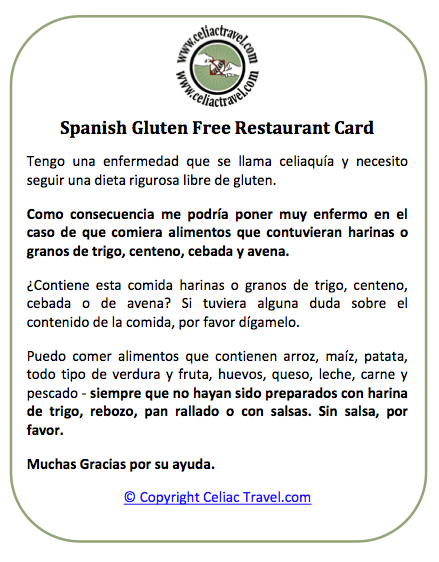
Spanish Gluten-Free Card (from celiactravel.com)
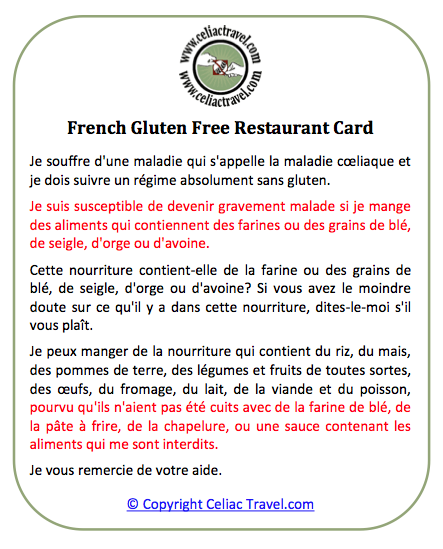
French Gluten-Free Card (from celiactravel.com)
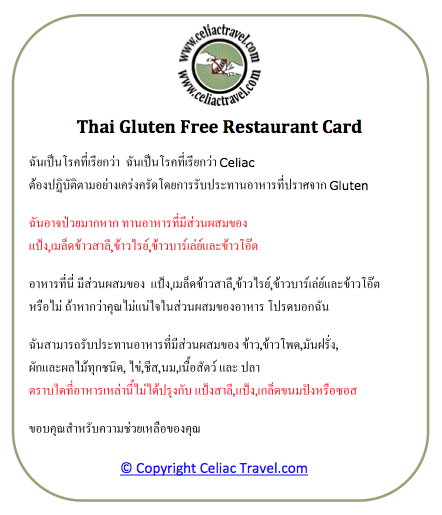
Thai Gluten-Free Card (from celiactravel.com)
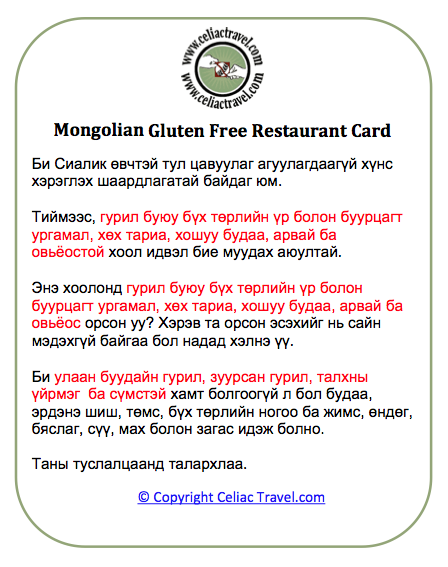
Even a Mongolia Gluten-Free Card! (from celiactravel.com)
Don’t forget, It’s a good idea to laminate your card to keep it clean and readable during your travels. Enjoy your trip, and enjoy health travels!
If you liked this article, check out my post on Why I don’t buy 90% of the ‘food’ at WholeFoods.
More on Traveling Raw:
- How to Eat Out and Order Raw Food in Normal Restaurants
- Top 5 Tips on How to Recover from Jet Lag & Travel
- Vilcabamba, Ecuador: The Raw Food Valley of Longevity… or Just Hype?
- Panama as a health destination? Warning about pesticides in fruits and vegetables
- 14-21 Day Travel Itinerary for Organic Vegan Raw Food, Hot Springs, Beach & Detox in Costa Rica

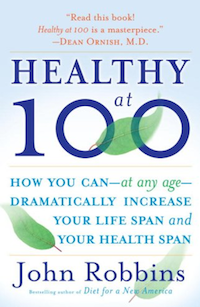
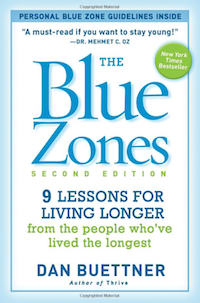











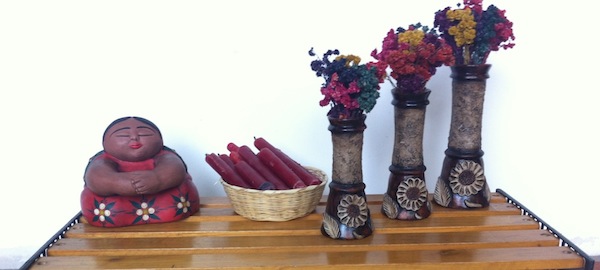


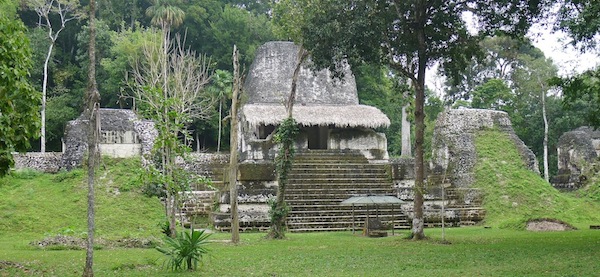




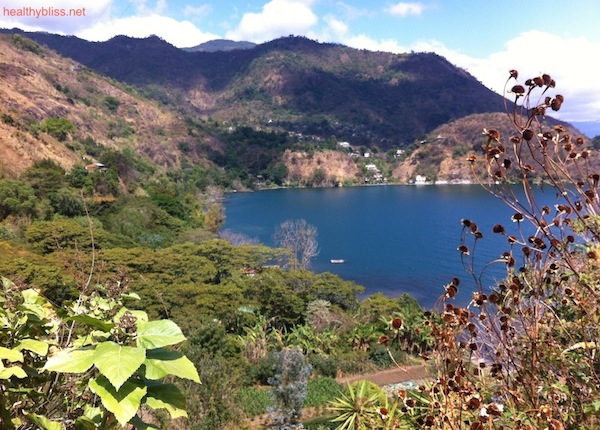
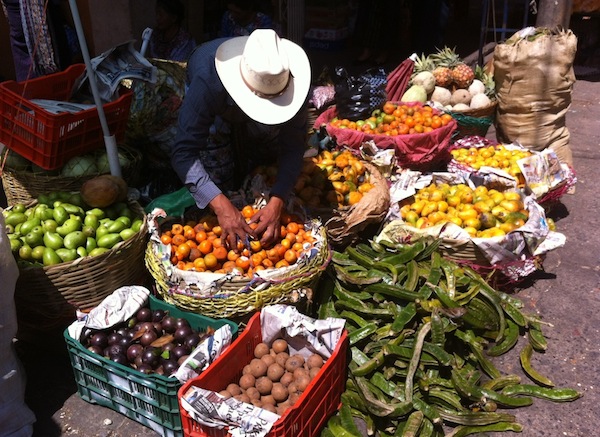
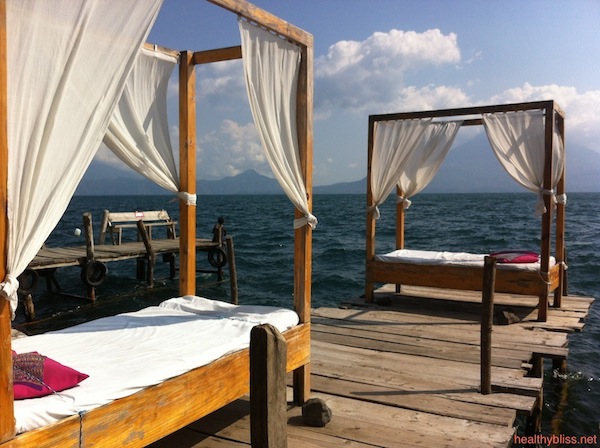
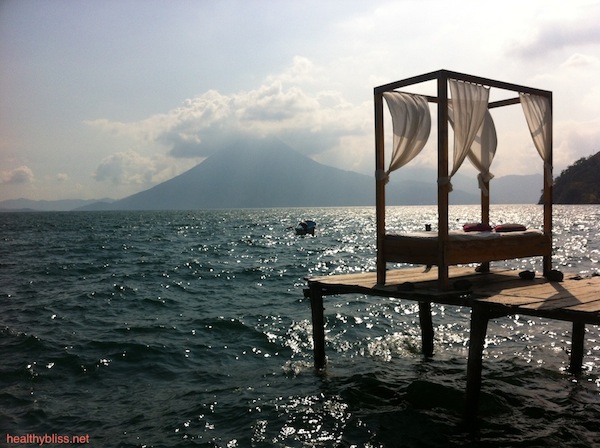

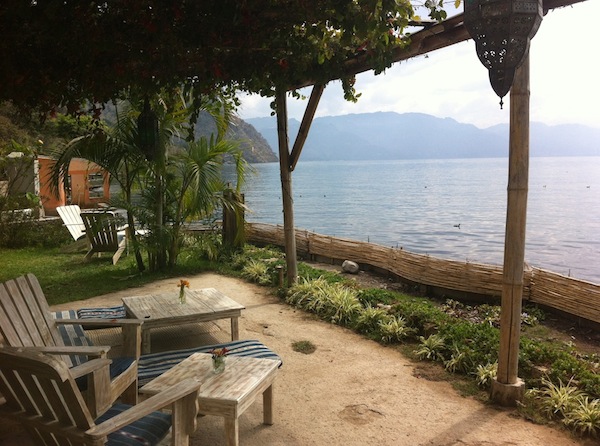
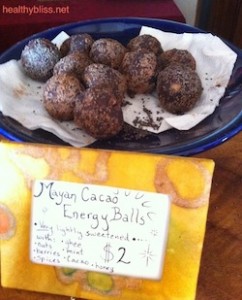

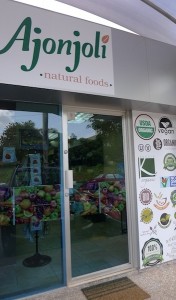

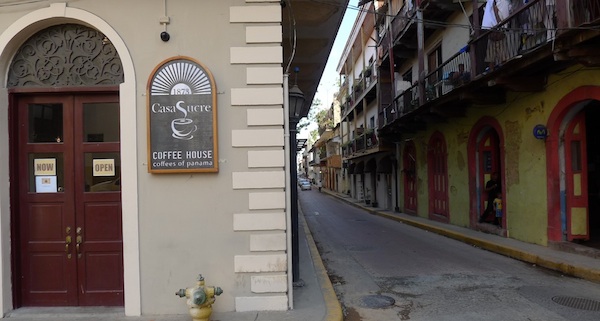
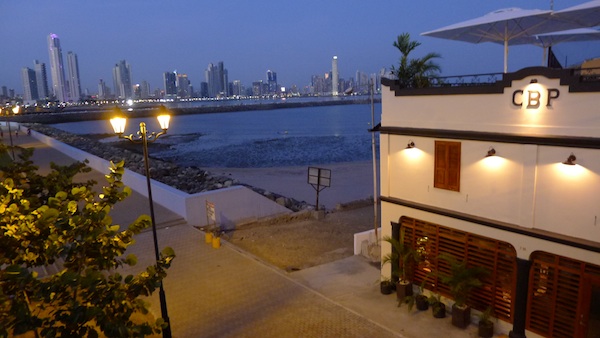



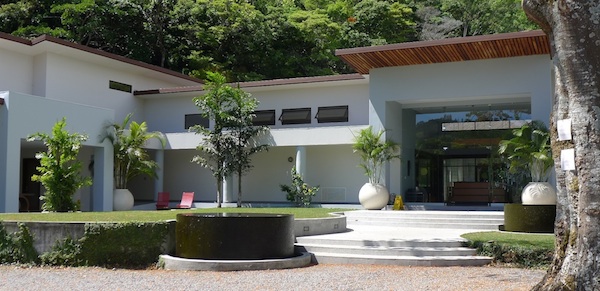
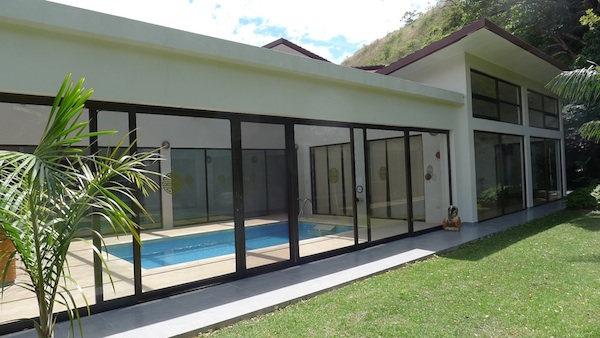
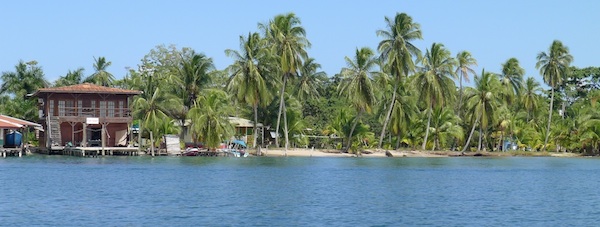

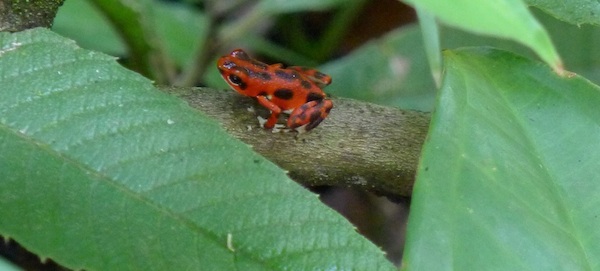
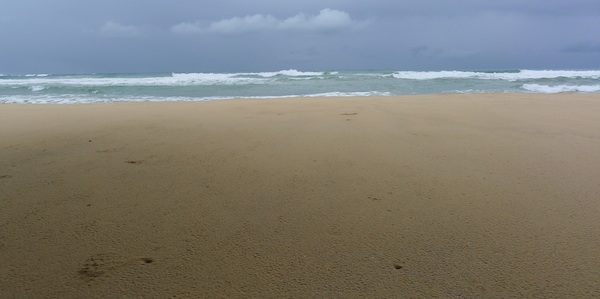
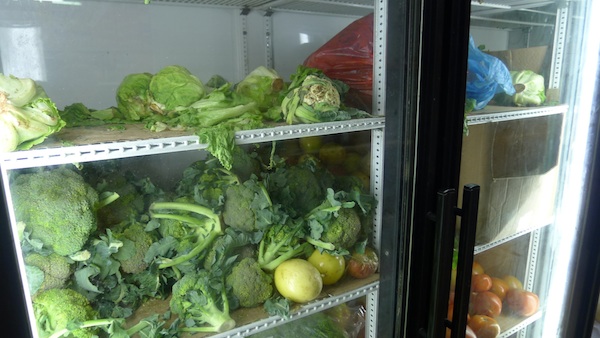
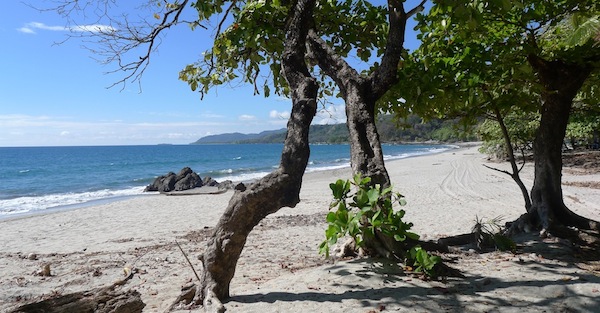
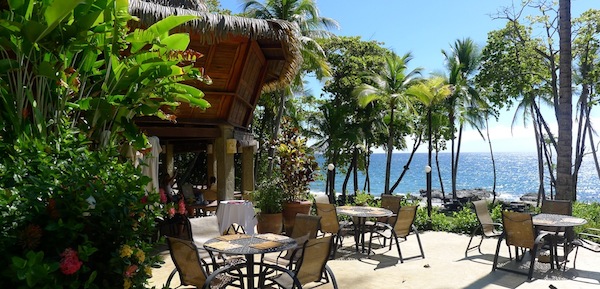

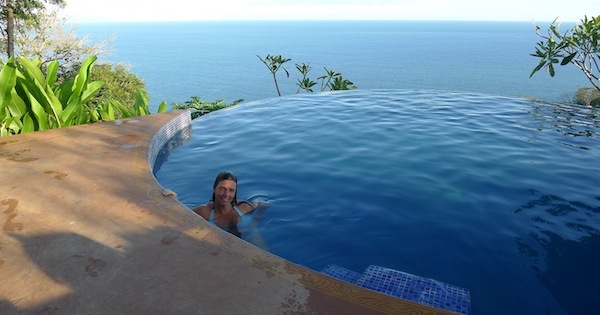
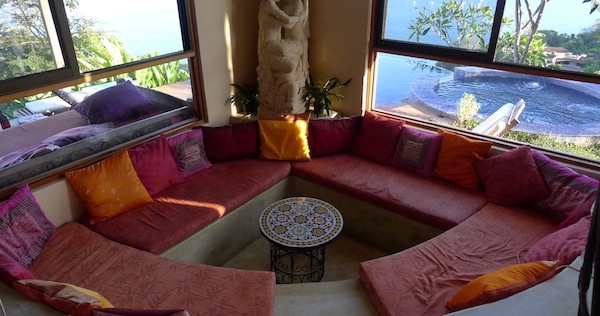
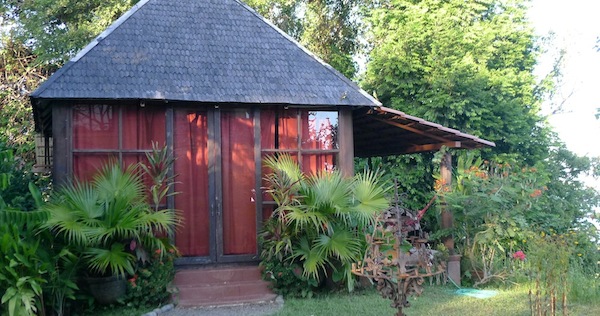
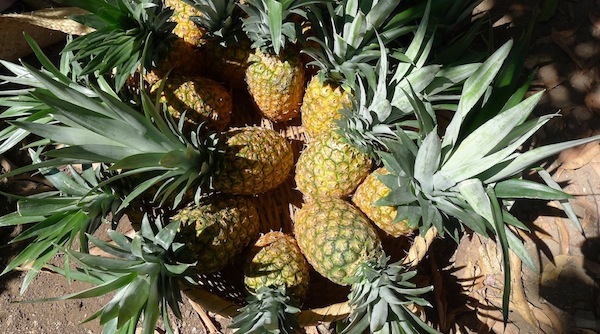
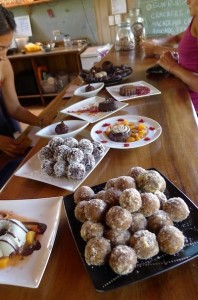

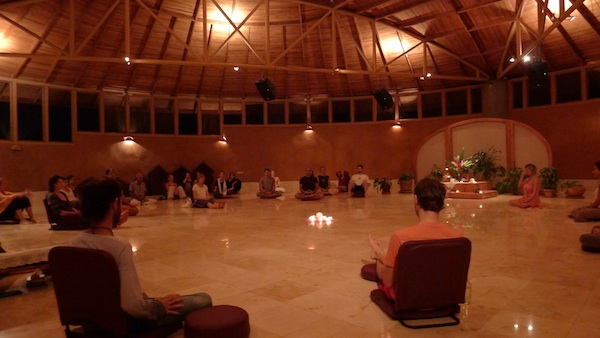
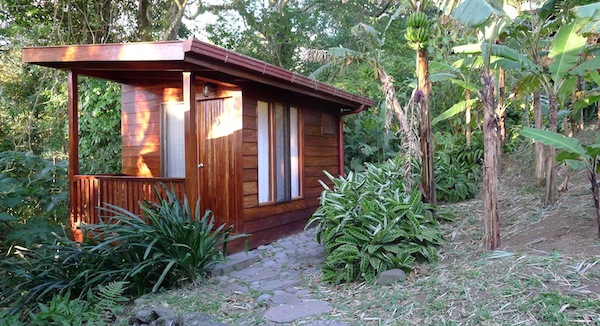
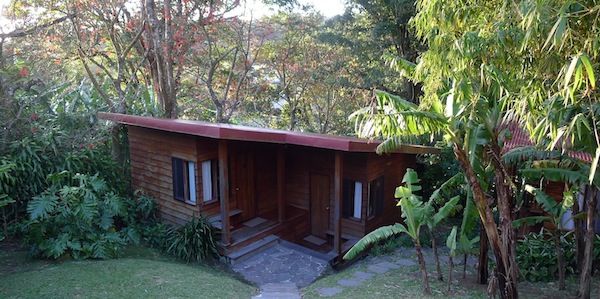

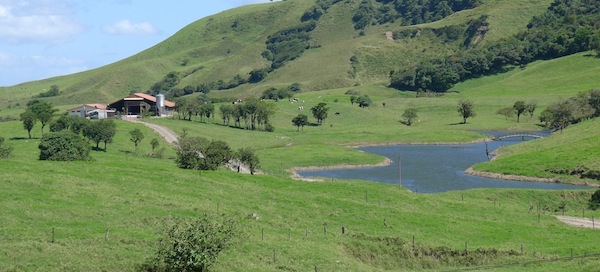
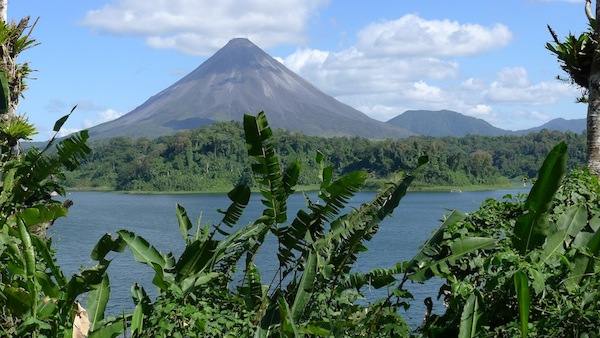
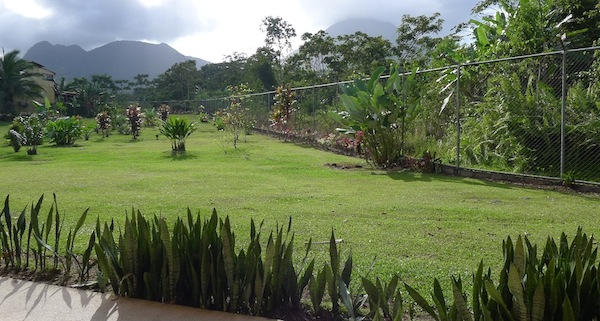
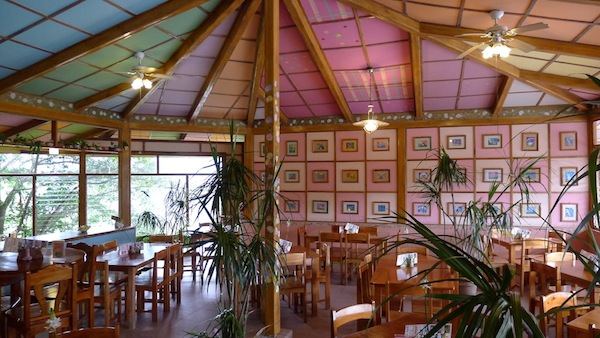
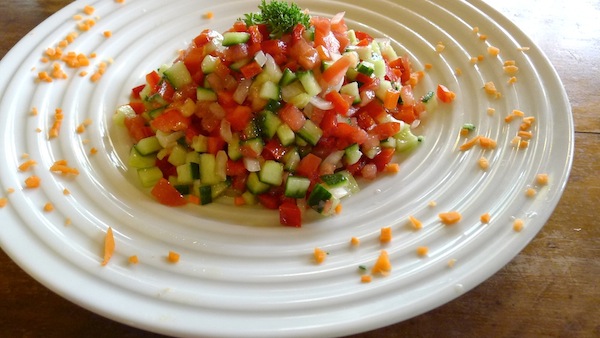
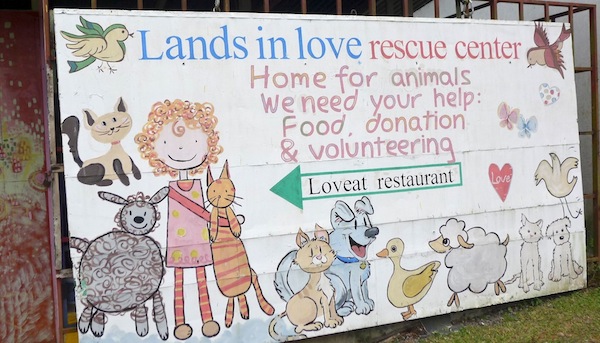

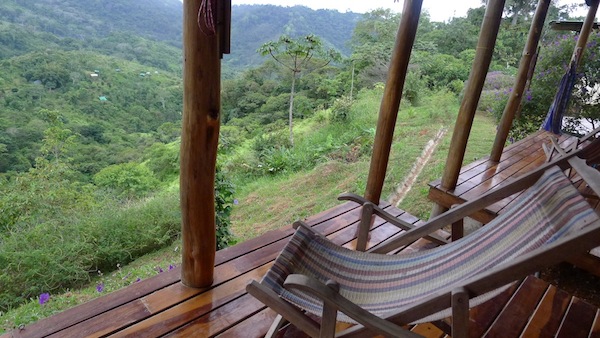



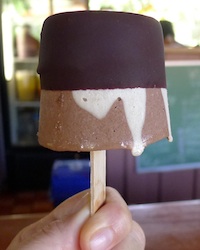
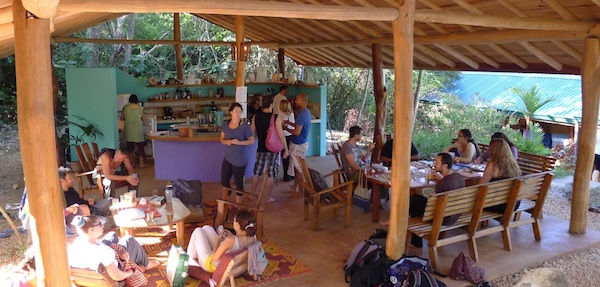
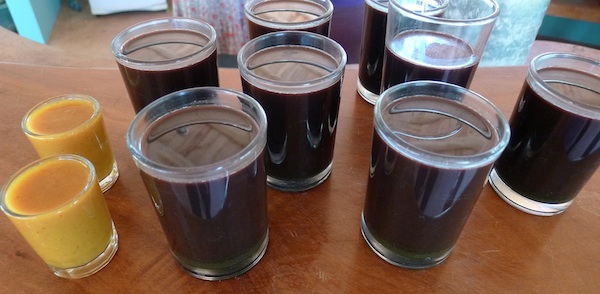
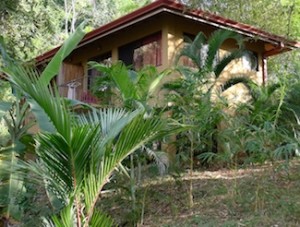

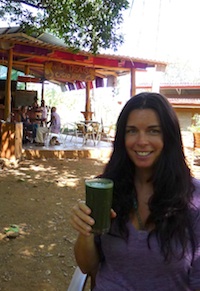
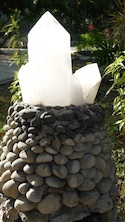
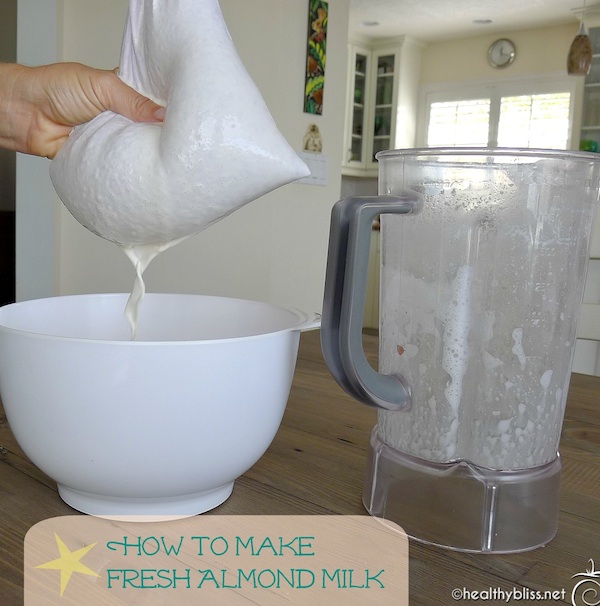


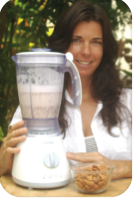
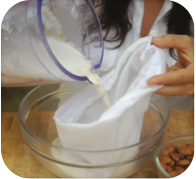





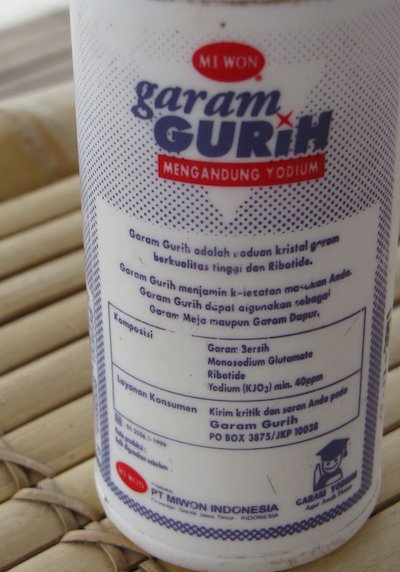
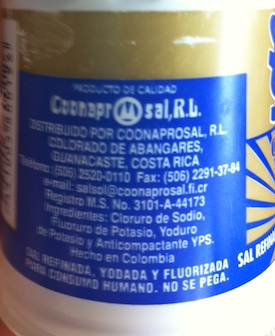
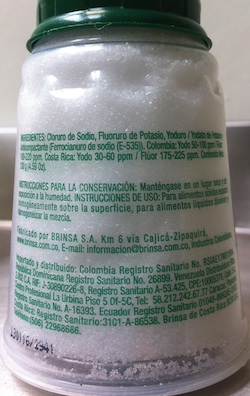

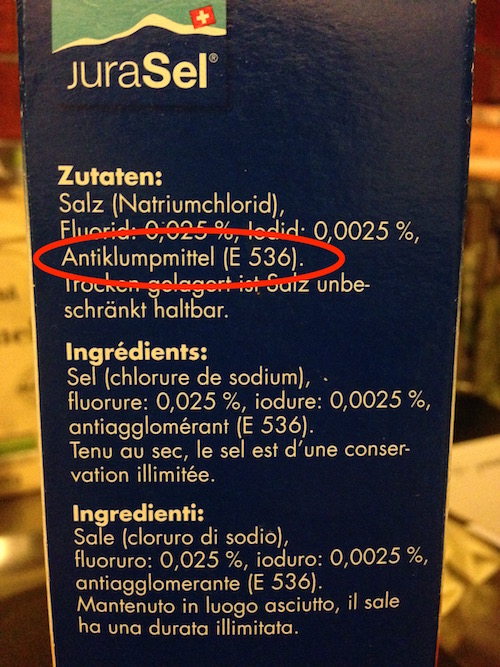






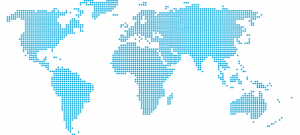







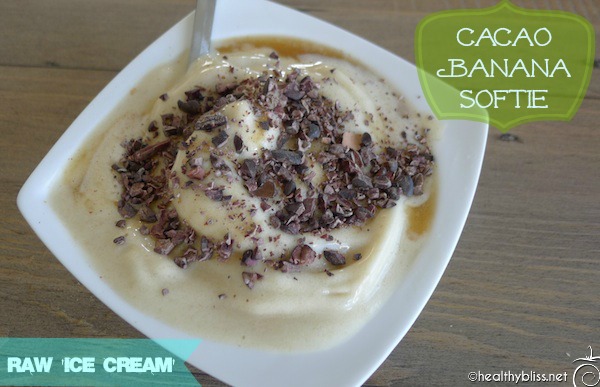
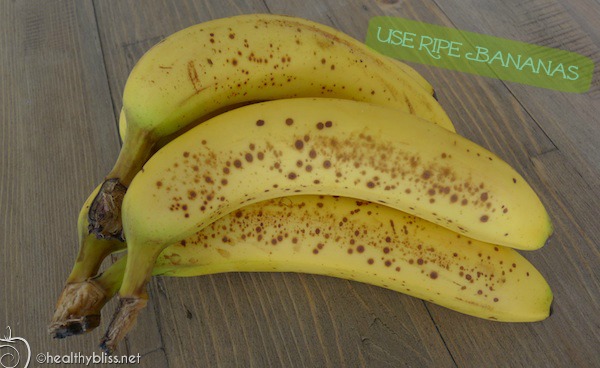


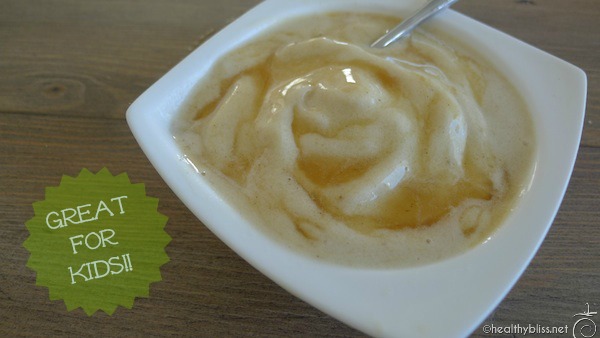








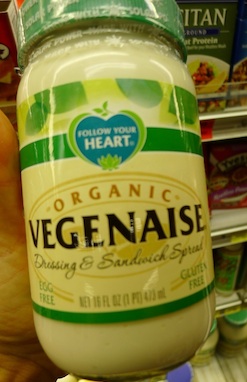
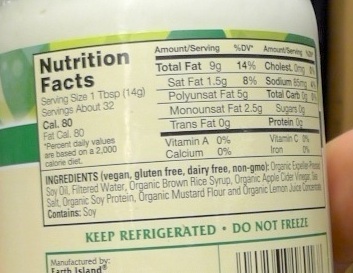
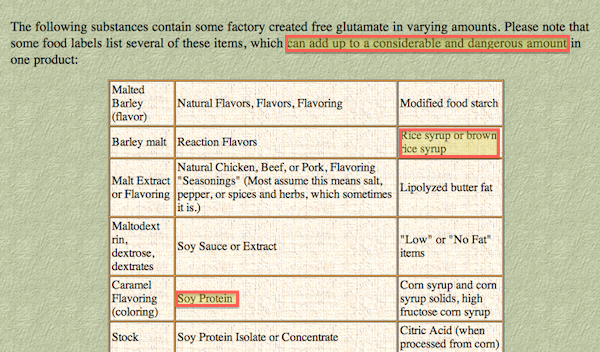
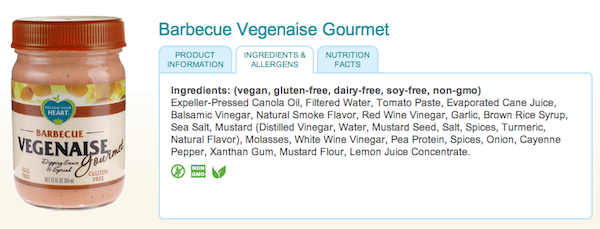








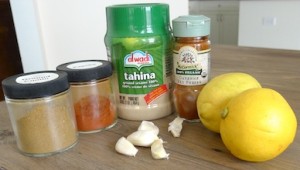
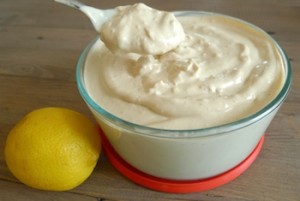






Follow Jennifer